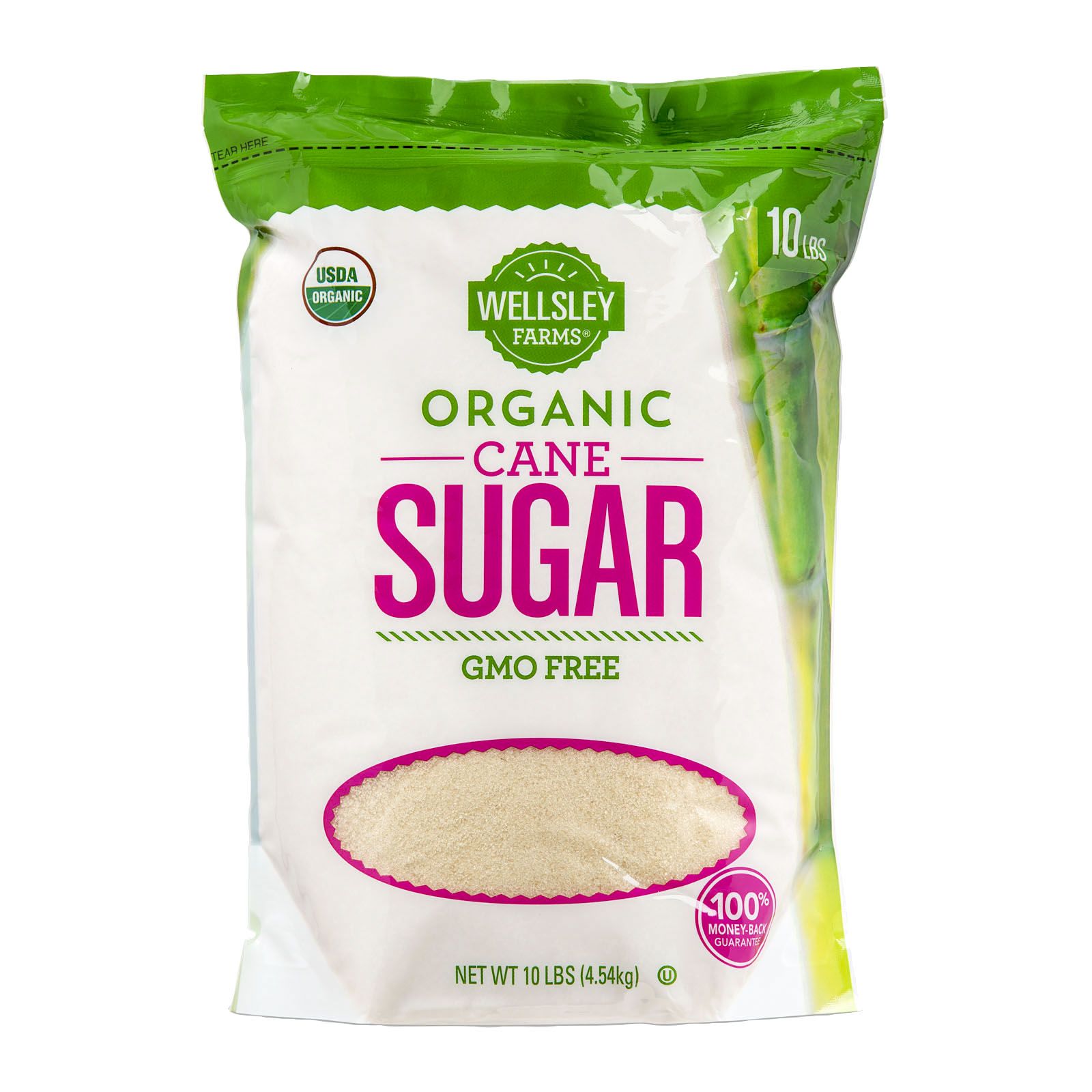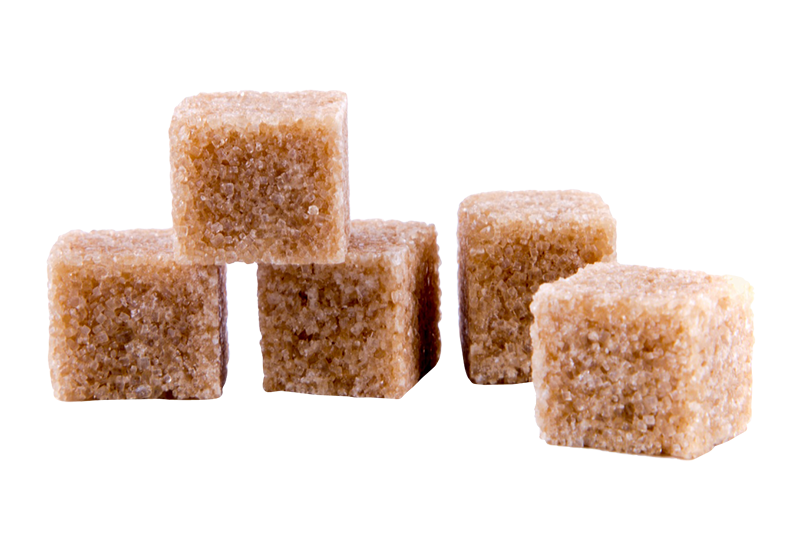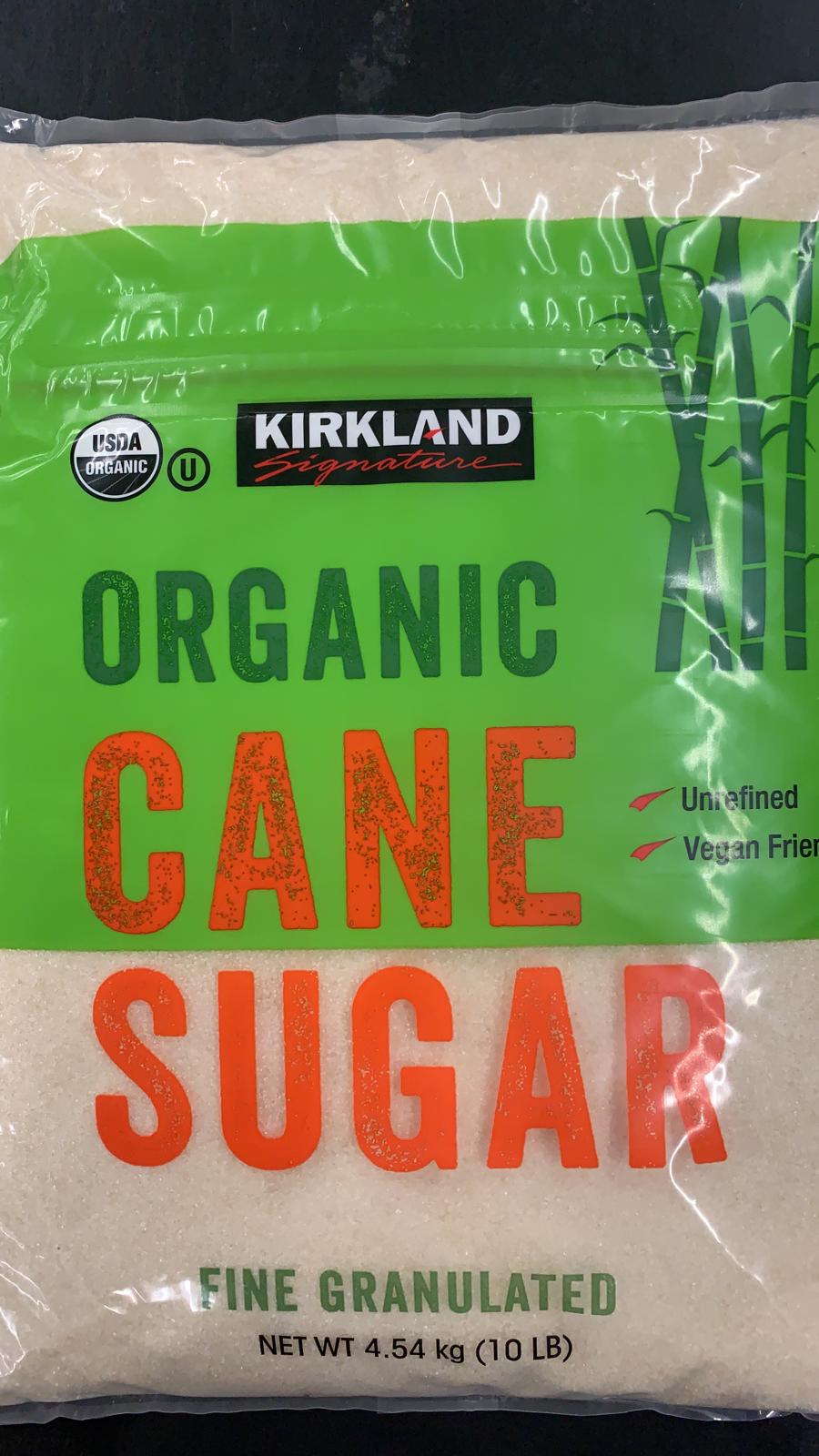Checking Out the Comprehensive Steps Involved in Walking Stick Sugar Processing From Collecting to Improvement
The process of walking stick sugar manufacturing incorporates a collection of detailed actions, starting with the cautious harvesting of sugarcane and culminating in the improvement phases that guarantee the last item fulfills market requirements. Each stage, from the extraction of juice to the filtration and formation processes, plays an important role in establishing the top quality and character of the sugar. Comprehending these phases not only highlights the intricacy of sugar manufacturing yet additionally elevates essential questions regarding performance, sustainability, and innovation in the industry. What implications do these aspects have for future methods?
Gathering Sugarcane
Collecting sugarcane is a critical step in the walking stick sugar handling chain, as it straight affects the quality and yield of the end product. Appropriate timing and methods are essential throughout this stage to ensure ideal sugar content and lessen losses. Usually, sugarcane is harvested when it reaches maturation, usually 12 to 18 months after planting, defined by a high sucrose concentration.

Post-harvest, the sugarcane has to be refined promptly to avoid sucrose deterioration. Preferably, gathered cane should be moved to processing centers within 24 hours to preserve sugar top quality. Therefore, reliable logistical planning is crucial to maintain the stability of the gathered crop throughout the supply chain.
Extraction Process

The smashed cane undergoes a collection of pressing operations to maximize juice recuperation. Usually, warm water is sprayed onto the smashed walking stick, creating a countercurrent circulation that helps liquify the sugar while additionally aiding in the extraction process. The juice accumulated from this procedure includes not just sugar yet also numerous organic compounds and impurities.

To boost extraction effectiveness, some centers might employ diffusion methods, where the sugarcane is saturated in warm water, allowing the soluble sugars to diffuse into the liquid. The resulting juice, rich in sucrose, is then routed to succeeding processing stages, laying the structure for filtration and improvement. The extraction process is therefore essential in establishing the quality and yield of the final sugar product.
Purification Techniques
The purification methods utilized in walking stick sugar processing are crucial for changing the raw juice right into a high-quality sugar item. These techniques largely intend to eliminate pollutants, such as dirt, plant products, and not natural substances, which can detrimentally affect the end product's taste and color.
This procedure entails adding lime and warmth to the raw juice, which helps with the coagulation of contaminations. Additionally, the use of phosphoric acid can boost the explanation process by more binding pollutants.
Another substantial strategy is carbonatation, where co2 is introduced to the made clear juice. This reaction generates calcium carbonate, which captures continuing to be pollutants and promotes their elimination.
Additionally, turned on carbon treatment might be used to adsorb any staying colorants and natural pollutants, guaranteeing an extra refined item. The combination of these approaches effectively prepares the sugar juice for succeeding action in the refining process, establishing the phase for the production of top notch cane sugar.
Condensation Approaches
After the purification stage, the next vital action in cane sugar handling entails crystallization approaches, which play a critical role in transforming the cleared up juice right into strong sugar. This process generally uses two primary techniques: spontaneous condensation and regulated crystallization.
In spontaneous crystallization, supersaturated sugar solutions are allowed to cool down normally, leading to read here the development of sugar crystals over time. This approach permits for the consistent growth of sugar crystals and higher purity.
Throughout formation, the made clear juice is concentrated through evaporation, increasing its sugar web content up until it gets to supersaturation. When this point is achieved, either method can promote the formation procedure. Cane Sugar Processing. The resultant sugar crystals are then separated from the remaining syrup via centrifugation
Eventually, the option of crystallization technique affects the high quality, dimension, and purity of the last sugar item, making this step necessary in the overall that site cane sugar handling procedure.
Refinement and Product Packaging
Just how can the purity and top quality of walking stick sugar be additionally enhanced after formation? The improvement procedure plays a critical duty in achieving top quality walking stick sugar. Adhering to condensation, sugar goes through an extensive cleaning to eliminate contaminations and residual molasses. This is generally completed making use of warm water or steam, which aids dissolve and remove unwanted components while protecting the sugar crystals.
Next, the sugar goes through a procedure called centrifugation, where it is rotated at broadband to separate the detoxified sugar crystals from the staying liquid. After centrifugation, the sugar is commonly more refined with a method called carbonization or phosphatation, which uses activated carbon or phosphoric acid to remove color and off-flavors.
When refined, the sugar is dried out to attain the desired wetness material, ensuring that it stays stable during storage and transport. The last action entails packaging the refined sugar in moisture-proof and closed containers to keep its quality and avoid contamination. Cane Sugar Processing. Appropriate packaging not just expands life span but likewise assists in very easy handling and distribution, guaranteeing that consumers get sugar that satisfies the greatest requirements of purity and quality
Final Thought
The detailed actions associated with walking stick sugar processing, from the careful harvesting of sugarcane to the elaborate refinement and product packaging phases, highlight the relevance of each stage in ensuring top notch sugar manufacturing. Ideal harvesting methods, effective removal approaches, and strenuous filtration processes collectively add to the last item's pureness and stability. The crystallization and subsequent Click This Link product packaging methods additionally improve the stability and shelf life of the sugar, highlighting the complexity and precision fundamental in this vital agricultural industry.
The process of walking cane sugar production encompasses a collection of complex steps, starting with the cautious harvesting of sugarcane and culminating in the improvement stages that ensure the last item fulfills industry criteria. Preferably, harvested walking cane must be delivered to refining facilities within 24 hours to protect sugar quality.In spontaneous formation, supersaturated sugar services are permitted to cool down naturally, leading to the development of sugar crystals over time - Cane Sugar Processing. The refinement procedure plays a critical function in attaining high-quality walking cane sugar.The comprehensive actions involved in walking stick sugar processing, from the careful harvesting of sugarcane to the intricate improvement and product packaging stages, emphasize the significance of each stage in guaranteeing high-quality sugar manufacturing